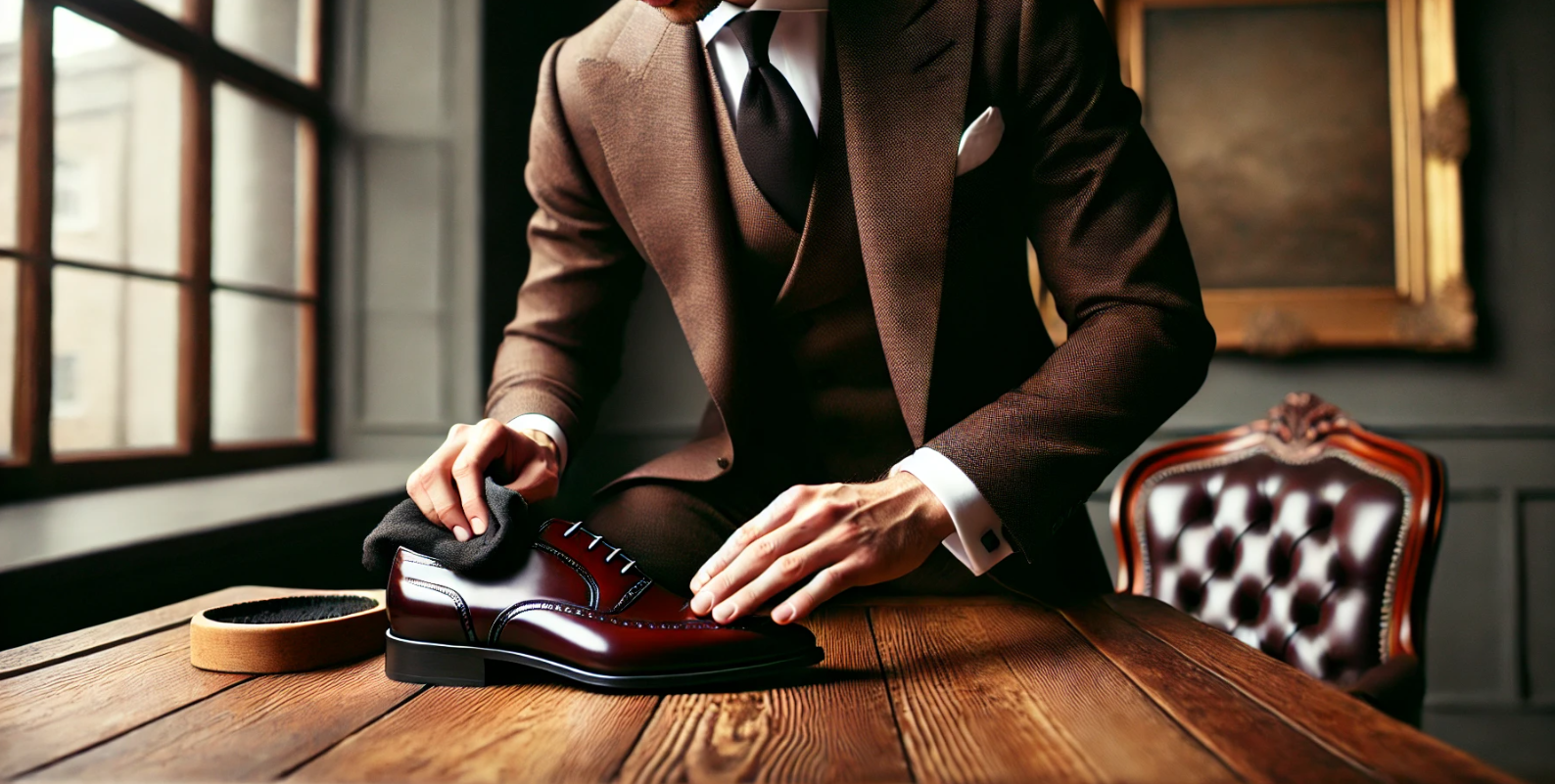
The Art of Polishing Bespoke Shoes and Global Competitions
The art of shoe polishing is a venerable craft that elevates the appearance of bespoke shoes to a whole new level. This meticulous process, often seen as the final touch in the creation of a custom pair of shoes, enhances the leather's natural beauty, adds a protective layer, and brings a mirror-like shine that reflects the quality and craftsmanship involved. Beyond the everyday necessity, shoe polishing has evolved into a form of art with dedicated enthusiasts and competitions held around the world. This blog post delves into the intricate art of polishing bespoke shoes, its techniques, history, and the vibrant community and competitions that celebrate this timeless craft.
The History and Importance of Shoe Polishing
Origins of Shoe Polishing
The practice of shoe polishing dates back to ancient times when leather footwear first emerged. Early leather preservation techniques involved applying natural oils and fats to protect against wear and the elements. As societies evolved, so did the methods and materials used for maintaining and enhancing leather footwear.
In the 19th century, the advent of shoe polish as we know it began to take shape. Originally made from natural substances like beeswax, tallow, and lanolin, early shoe polishes provided both nourishment and protection for leather. The industrial revolution brought more sophisticated formulations, incorporating dyes and synthetic materials, which improved the quality and longevity of shoe polish.
Significance in Bespoke Shoemaking
In bespoke shoemaking, where each pair of shoes is handcrafted to perfection, polishing is more than a mere finishing touch. It is a vital step that highlights the quality of the leather and the skill of the shoemaker. A well-polished pair of shoes showcases the depth and richness of the leather, enhances its color, and gives it a luxurious, glossy finish. For the wearer, polished shoes are a mark of elegance and attention to detail, reflecting personal pride and style.
The Art of Polishing Bespoke Shoes
Essential Tools and Materials
The art of polishing bespoke shoes requires a selection of specialized tools and materials to achieve the desired results. Here are the essentials:
- Shoe Brushes: Typically made from horsehair or boar bristles, these brushes are used for cleaning, applying polish, and buffing the leather.
- Polishing Cloths: Soft, lint-free cloths are essential for applying polish and achieving a high shine.
- Shoe Cream: This nourishing product moisturizes the leather and restores its color.
- Shoe Wax: Provides a protective layer and enhances the shine. Available in various colors to match the leather.
- Leather Conditioner: Used to keep the leather supple and prevent cracking.
- Edge Dressing: Applied to the edges of the soles to maintain a polished appearance.
The Polishing Process
The process of polishing bespoke shoes involves several meticulous steps, each contributing to the final gleaming result. Here is a detailed breakdown of the process:
-
Cleaning: The first step is to remove any dirt or dust from the shoes using a brush or a damp cloth. This ensures that the polish adheres properly to the leather.
-
Conditioning: Applying a leather conditioner helps to maintain the leather’s suppleness and prevents it from drying out. The conditioner should be evenly applied and allowed to absorb before moving on to the next step.
-
Applying Shoe Cream: Shoe cream, which is available in various colors, is applied to nourish the leather and restore its color. Using a cloth or brush, the cream is worked into the leather in small, circular motions. After application, the shoe is left to rest for a few minutes to allow the cream to penetrate the leather.
-
Buffing: Once the shoe cream has been absorbed, the leather is buffed using a horsehair brush or a soft cloth. This step brings out the natural luster of the leather and prepares it for the application of wax.
-
Applying Shoe Wax: Wax polish is applied to create a protective layer and achieve a high shine. A small amount of wax is applied to a cloth and rubbed onto the leather in small, circular motions. Multiple thin layers are better than one thick layer, as this allows for a more even application and better shine.
-
Water Shine (Spit Shine): For a mirror-like finish, a technique known as water shining or spit shining is used. A few drops of water are added to the waxed surface, and the shoe is buffed with a cloth in circular motions. This process is repeated until the desired level of shine is achieved.
-
Edge Dressing: The edges of the soles are polished using edge dressing to ensure the entire shoe looks well-maintained and polished.
The World of Shoe Polishing Competitions
Shoe polishing has transcended its functional origins to become a form of competitive artistry. Competitions held around the world bring together enthusiasts, professionals, and artists who showcase their skills and creativity in shoe polishing. These events celebrate the craft, foster a sense of community, and push the boundaries of what can be achieved in shoe polishing.
Notable Shoe Polishing Competitions
-
The World Championships in Shoe Shining and Shoe Patina: Organized by The Shoe Snob and Shoegazing, this prestigious competition is held annually at events such as the London Super Trunk Show. Participants compete in categories like shoe shining and creating unique patina finishes. The competition attracts participants from around the globe, and winners are judged based on their technique, creativity, and the final shine and finish of the shoes.
-
The Polish-Off: An event held in various cities around the world, The Polish-Off is a lively and engaging competition where participants showcase their polishing skills in front of a live audience. Judging criteria include the quality of the shine, the evenness of the polish, and the overall presentation. It’s a fun and interactive way to celebrate the craft of shoe polishing.
-
National and Regional Competitions: Many countries have their own national and regional shoe polishing competitions, often held at shoe conventions or trade shows. These competitions provide a platform for local talent to shine and promote the craft within their communities.
Techniques and Styles Showcased
Competitors in shoe polishing competitions often bring a range of techniques and styles to the table, showcasing the diversity and creativity within the craft. Some of the notable techniques include:
-
Mirror Shine: Achieving a mirror-like finish is a hallmark of shoe polishing excellence. This technique involves multiple layers of wax and meticulous buffing to create a surface that reflects light like a mirror.
-
Patina Creation: Some competitions include categories for creating unique patinas on leather shoes. This involves using dyes, creams, and waxes to create artistic patterns and color gradients, transforming the shoes into wearable works of art.
-
Speed Polishing: Speed polishing competitions test how quickly participants can achieve a high shine on a pair of shoes. This requires not only skill but also efficiency and precision under pressure.
Judging Criteria
Judging in shoe polishing competitions is rigorous and based on several key criteria:
- Shine Quality: The primary focus is on the quality of the shine achieved. Judges look for clarity, depth, and consistency in the polished surface.
- Technique: Competitors are evaluated on their polishing techniques, including the application of products, buffing methods, and overall craftsmanship.
- Creativity: In categories like patina creation, creativity and originality play a significant role. Judges appreciate innovative approaches and artistic flair.
- Presentation: The overall presentation, including cleanliness, attention to detail, and the final look of the shoes, is also considered.
The Community and Culture of Shoe Polishing
The world of shoe polishing is not just about competition; it’s also about community and shared passion. Enthusiasts and professionals form a close-knit community that values tradition, craftsmanship, and the joy of creating something beautiful.
Online Communities and Forums
The internet has played a significant role in bringing together shoe polishing enthusiasts from around the world. Online communities and forums provide a platform for sharing tips, techniques, and experiences. Some popular online spaces include:
- Styleforum: A popular forum for fashion and style enthusiasts, with dedicated threads for shoe care and polishing.
- Reddit’s r/goodyearwelt: A subreddit focused on high-quality footwear, where members share advice on shoe care, polishing, and maintenance.
- Instagram and YouTube: Social media platforms like Instagram and YouTube have vibrant communities where shoe polishers share tutorials, before-and-after transformations, and showcase their work.
Workshops and Classes
Many professional shoemakers and polishers offer workshops and classes to teach the art of shoe polishing. These hands-on sessions provide invaluable experience and guidance for both beginners and seasoned enthusiasts. Workshops cover various aspects, from basic polishing techniques to advanced patina creation, and offer participants the opportunity to learn directly from experts in the field.
Celebrating Tradition and Innovation
Shoe polishing is a craft steeped in tradition, yet it continuously evolves with new techniques and innovations. The community celebrates this balance by honoring time-tested methods while embracing modern advancements. From using traditional waxes and brushes to experimenting with new products and tools, shoe polishers keep the craft dynamic and exciting.
Conclusion
The art of polishing bespoke shoes is a testament to the dedication, skill, and passion of artisans around the world. It transforms a functional process into a form of artistic expression, enhancing the beauty and longevity of handcrafted footwear. Competitions and communities dedicated to shoe polishing celebrate this craft, pushing the boundaries of what can be achieved and fostering a sense of camaraderie among enthusiasts.
As we’ve explored, the process of shoe polishing involves meticulous attention to detail and a deep understanding of leather and finishing techniques. From the essential tools and materials to the intricate steps involved, each aspect of shoe polishing contributes to the final gleaming result. Competitions around the world showcase the pinnacle of this craft, highlighting the creativity, skill, and artistry of participants.
Whether you are a seasoned shoemaker, an enthusiastic amateur, or someone who simply appreciates the beauty of well-polished shoes, the world of shoe polishing offers a rich and rewarding journey. It’s a craft that honors tradition, embraces innovation, and celebrates the timeless elegance of bespoke footwear.
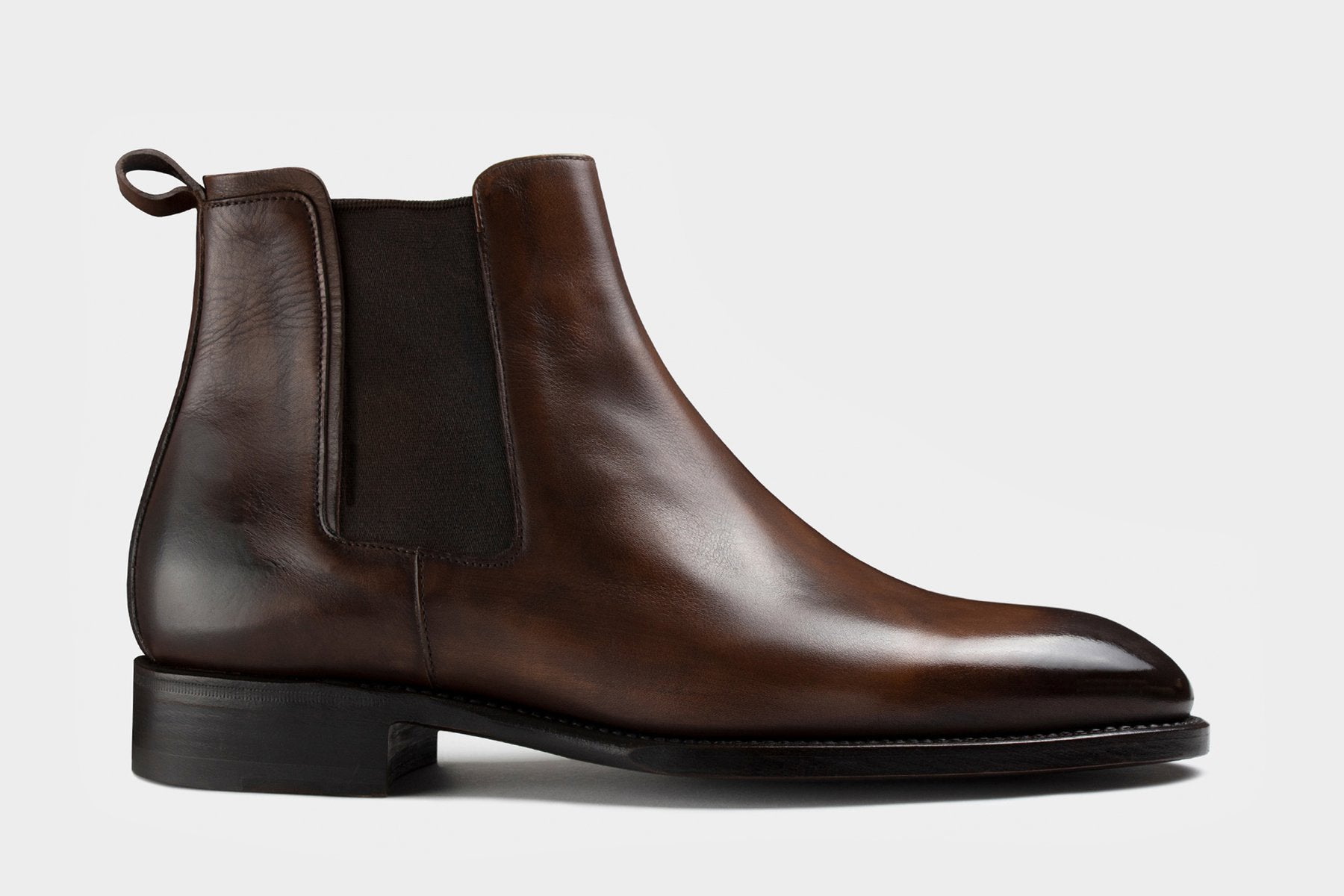
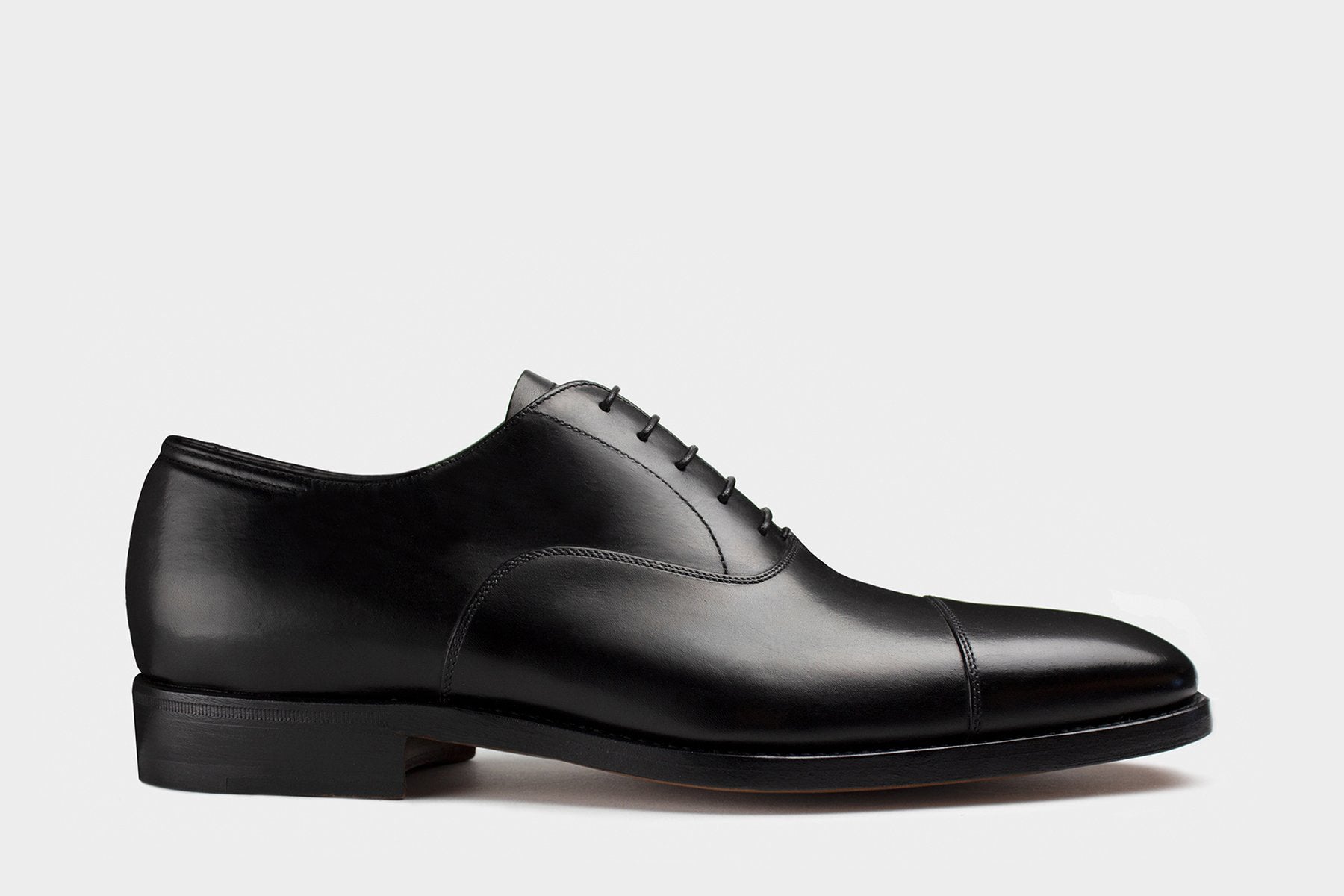
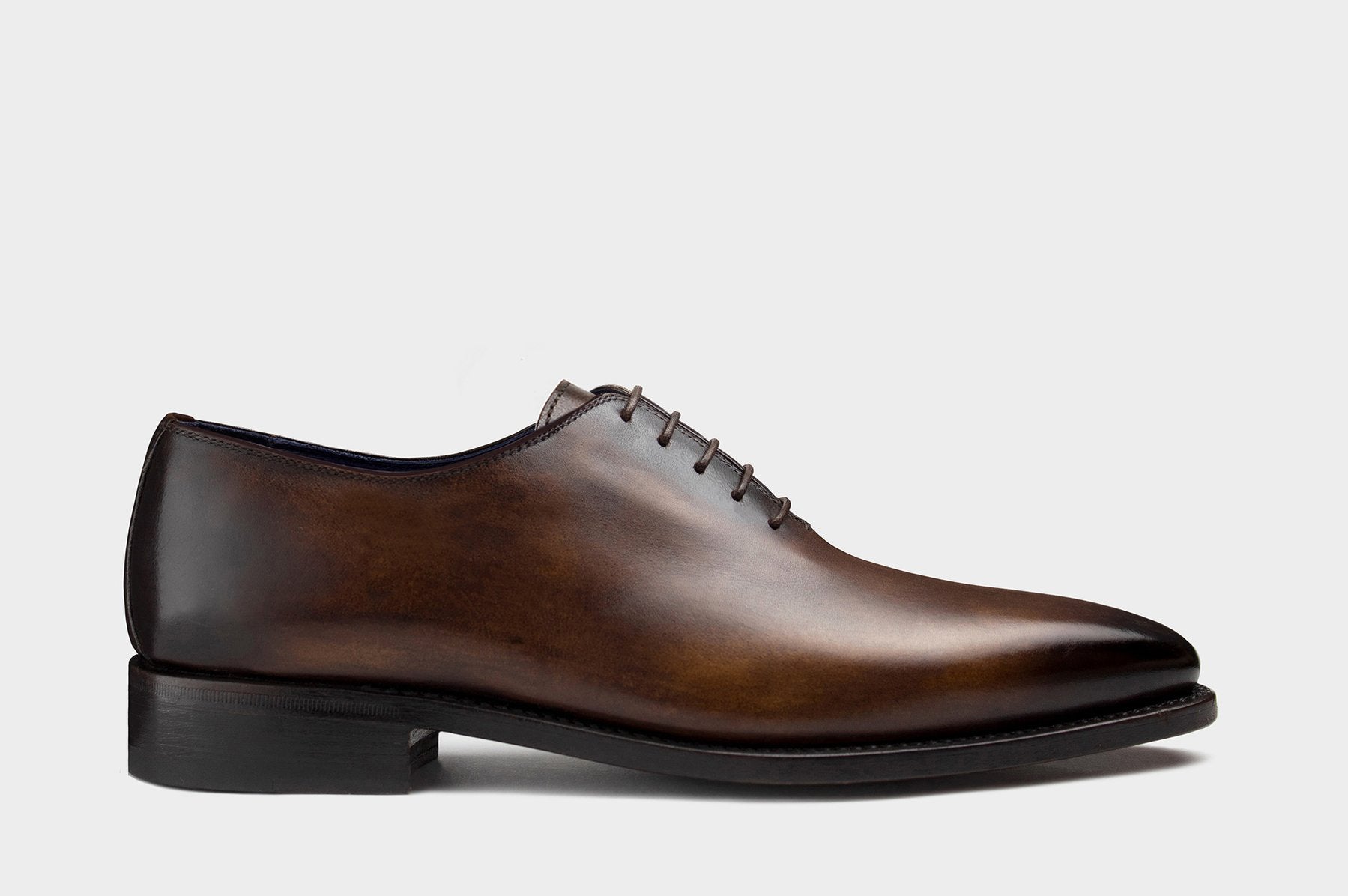
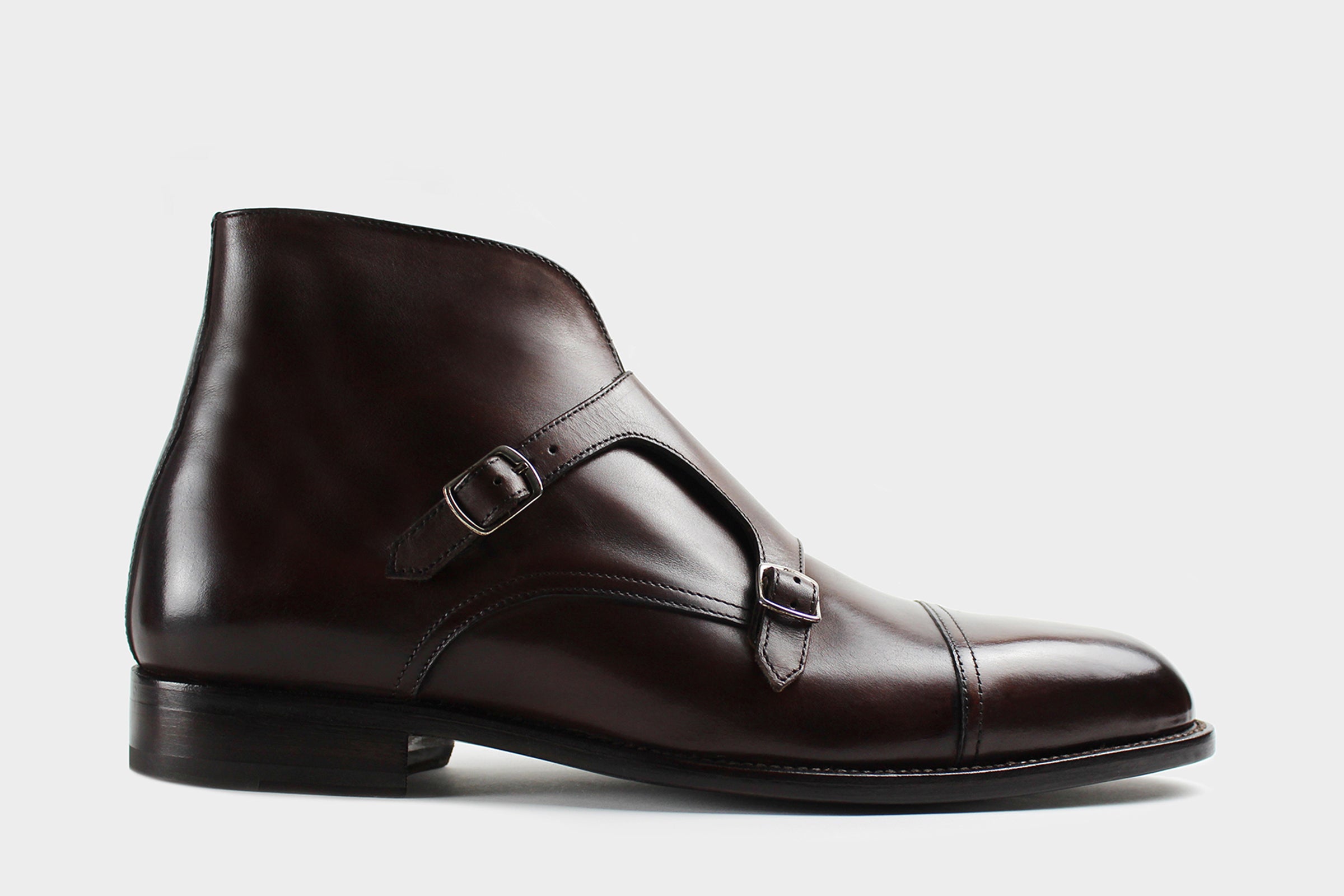
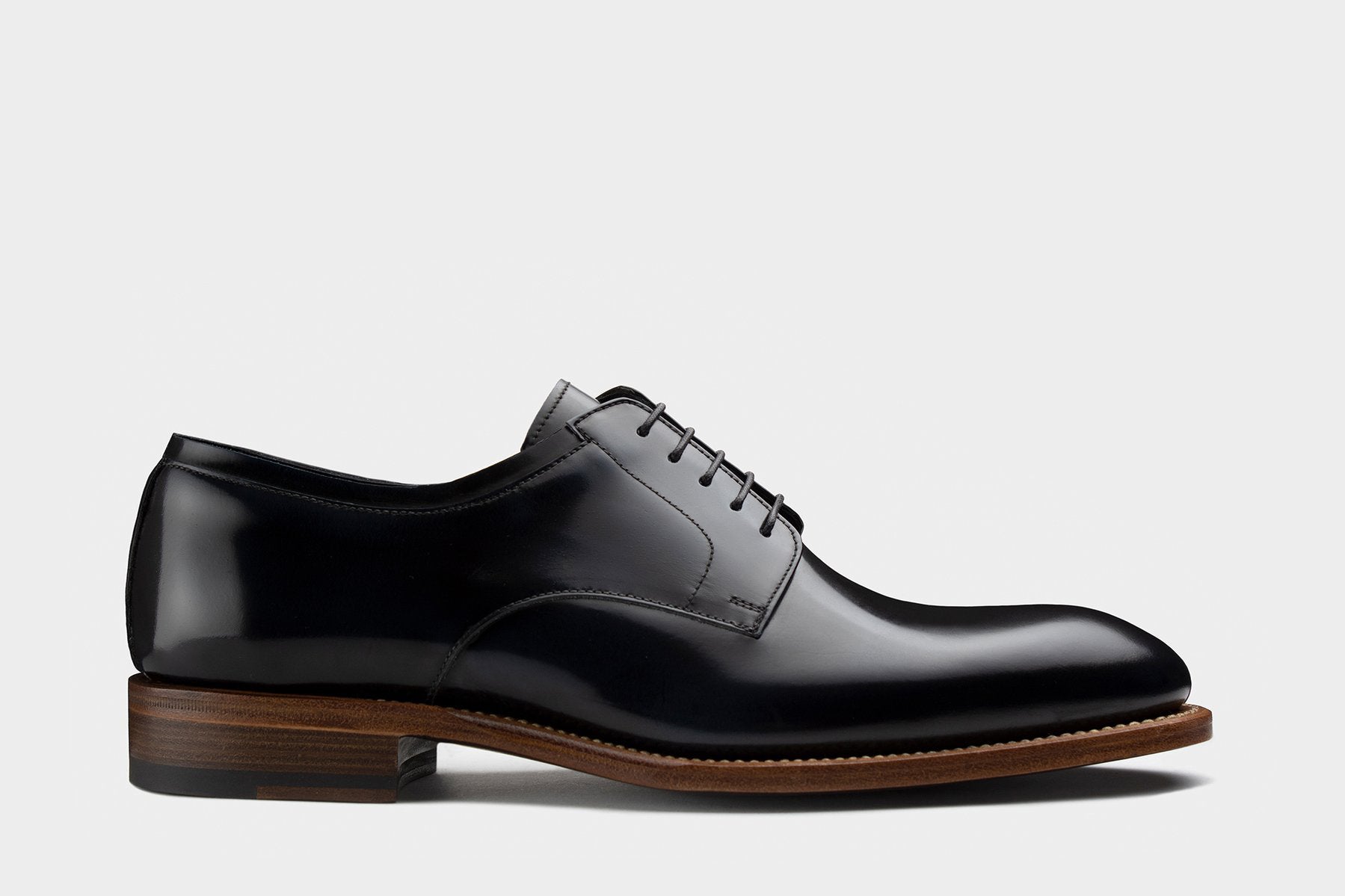
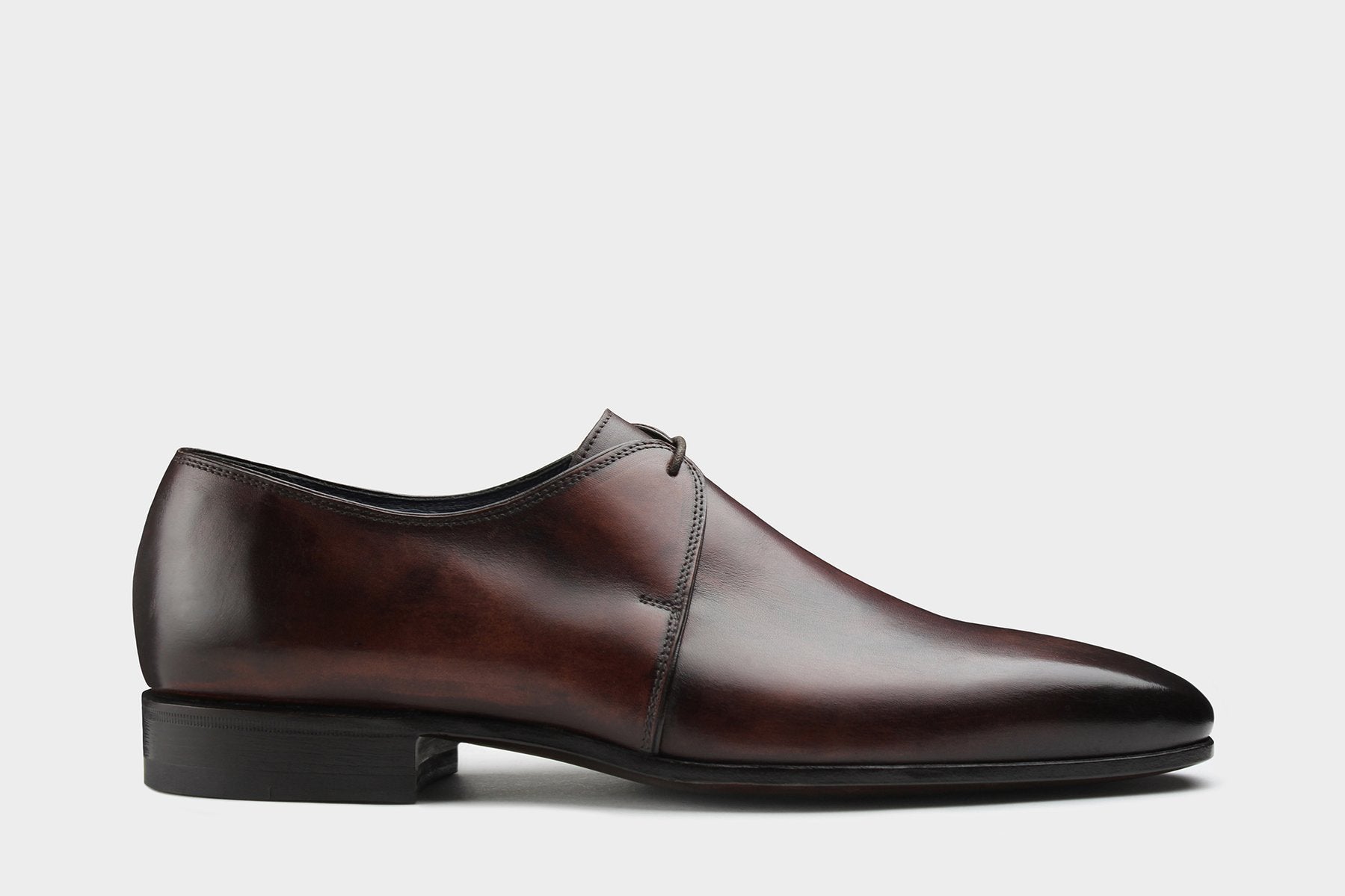
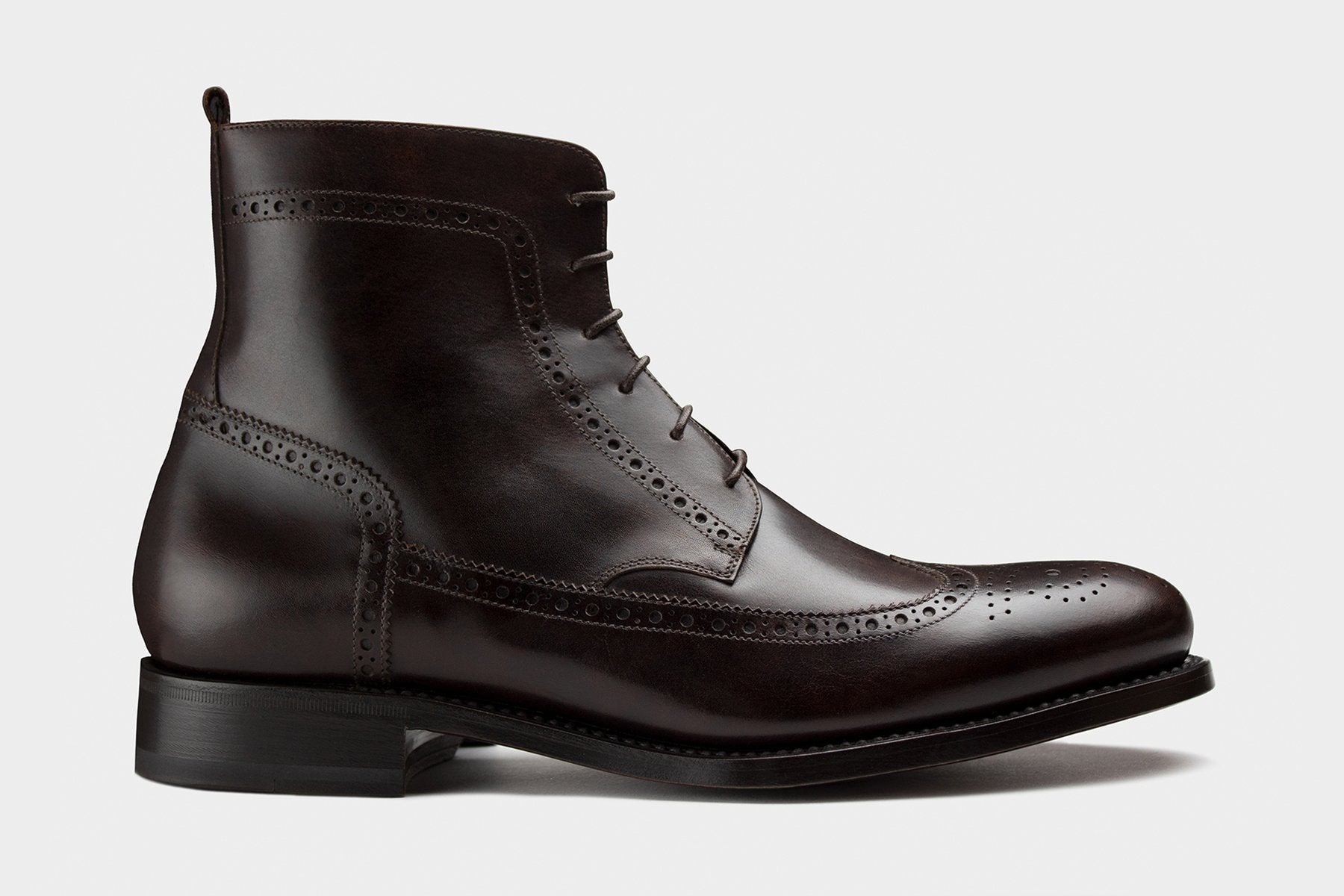
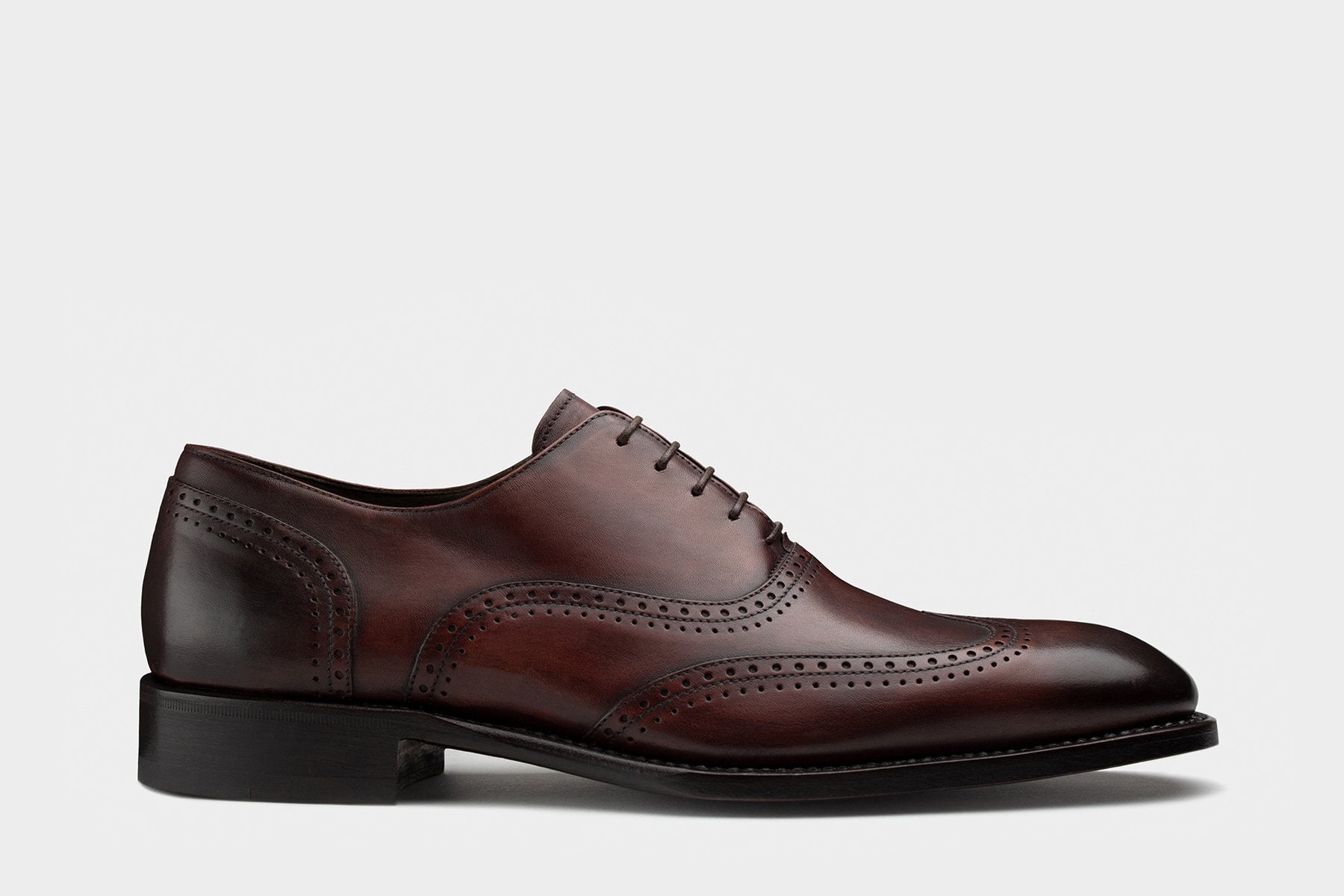
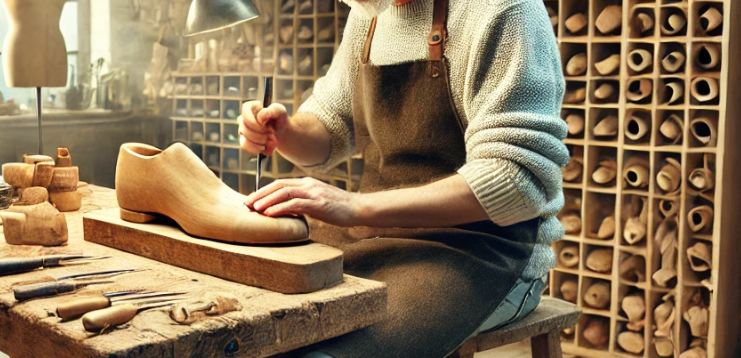
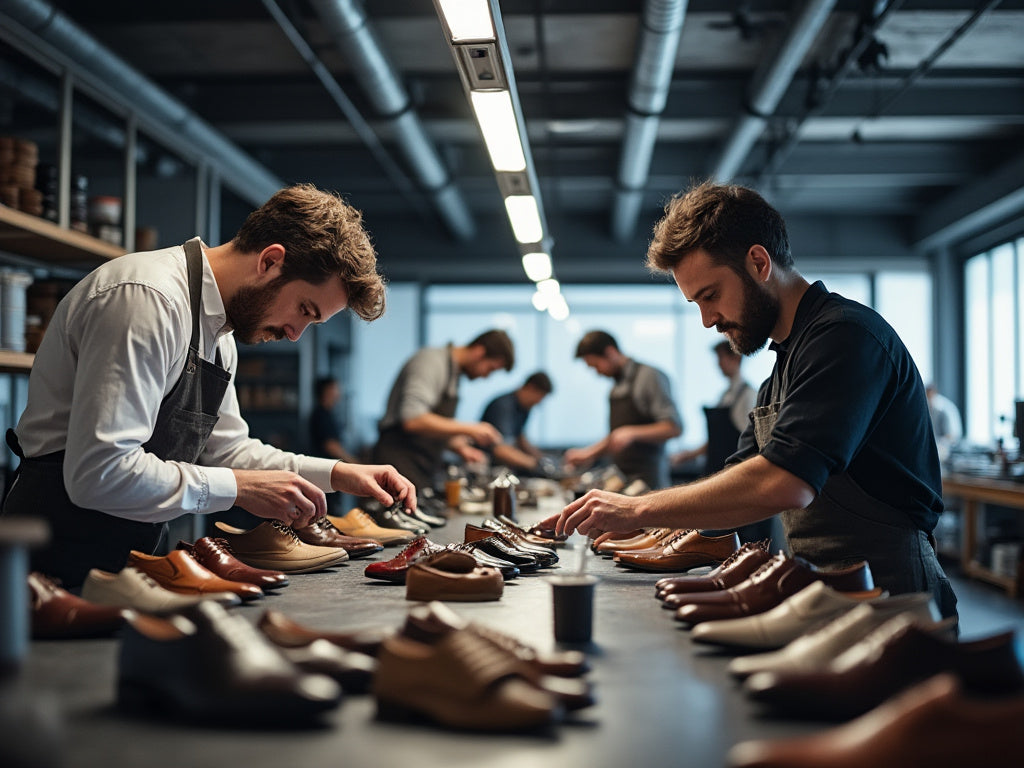
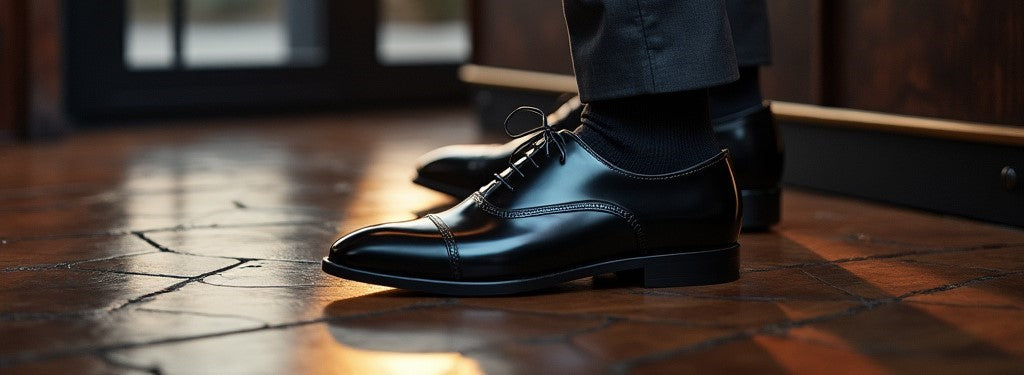
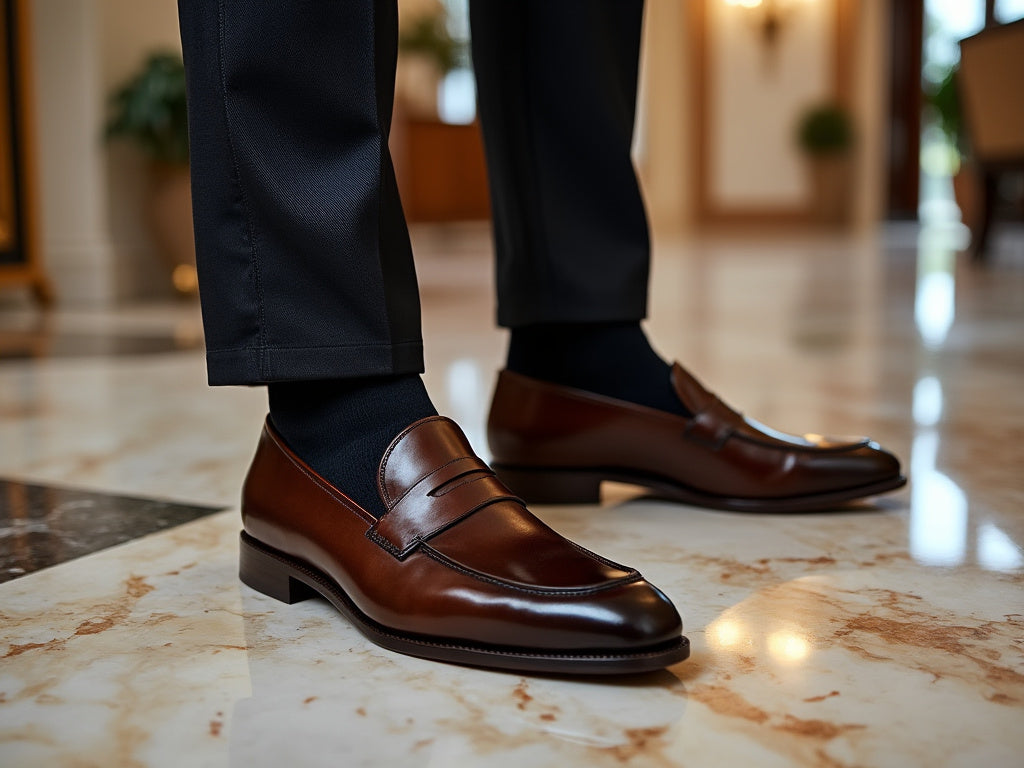
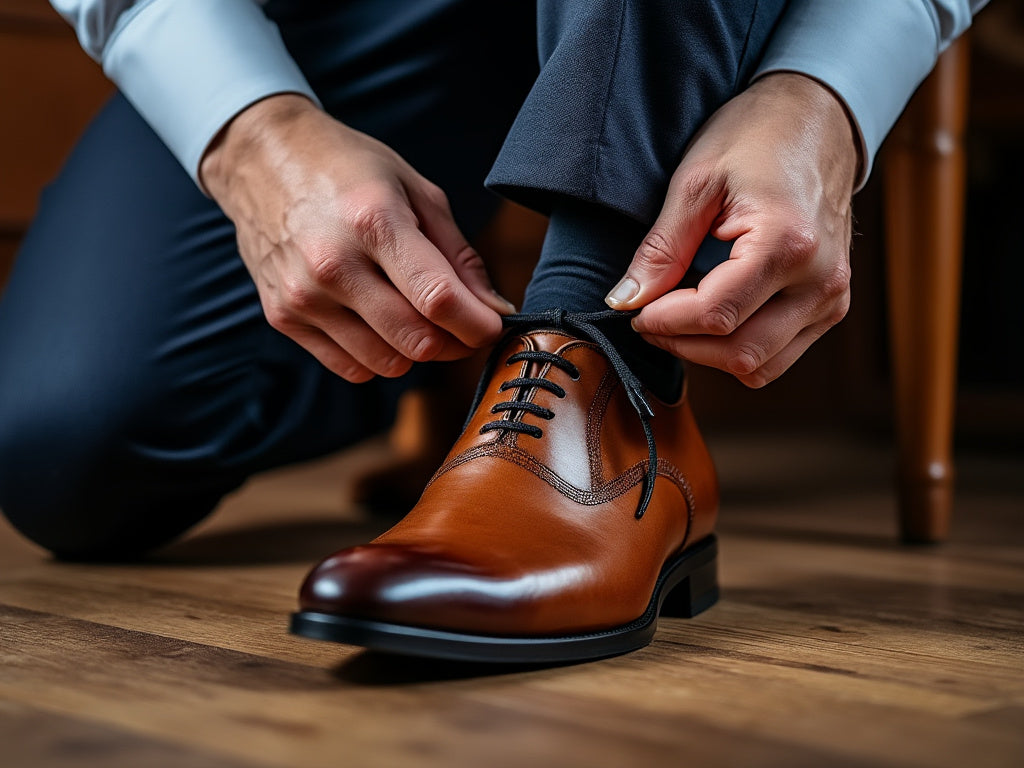
Leave a comment
This site is protected by hCaptcha and the hCaptcha Privacy Policy and Terms of Service apply.